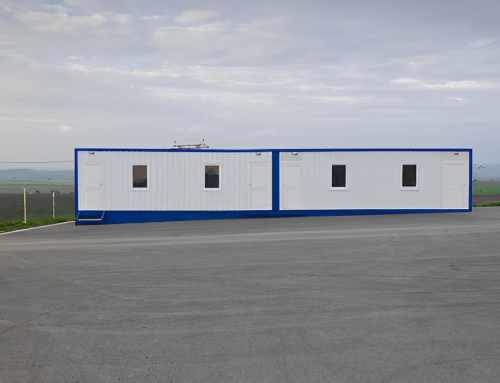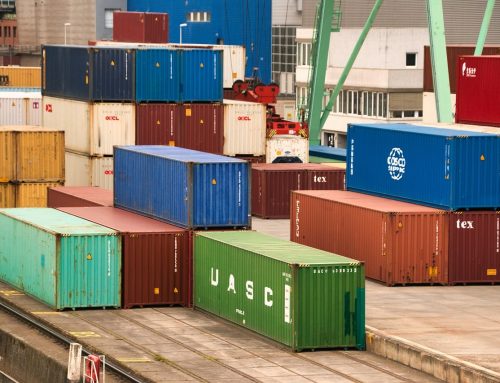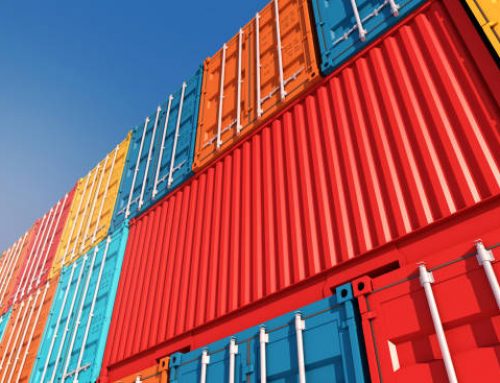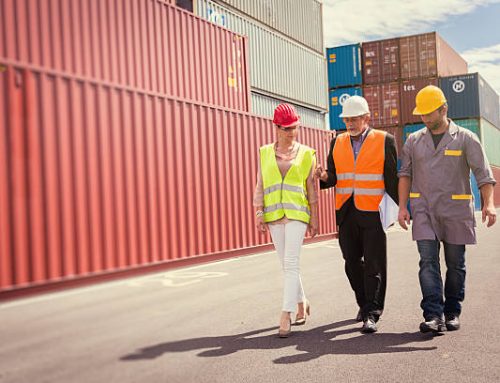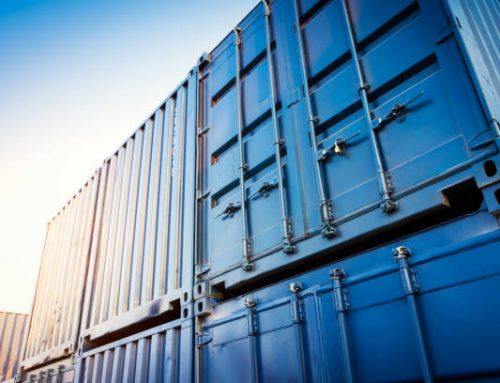Did you know that the first shipping container was used in 1956? It was invented by Malcolm McLean, who is often referred to as the “father of containerization.” He came up with the idea while watching longshoremen loading and unloading cargo from ships. He realized that if the cargo could be loaded into a container, it would be much easier and more efficient to transport.However shipping containers go even further back, their origins can be traced to 1700s England, where coal miners would create massive crates that were pulled by horses so that they could transport large amounts of coal to different areas without having too much downtime.
Likewise, during WW2, the US army would need an effective way of storing machinery and weaponry that could be offloaded which gave rise to the first interaction of shipping containers to be able to unload and load materials effectively wherever they were needed.
Now, the shipping container is a staple of trade and commerce around the globe, and over its 60+ years has become available for much more than just simple shipping, they can be used as homes, businesses, and places to store things in lieu of conventional storage areas such as sheds, garages and storage areas, their slim and easy to use design has made them the go-to in the industry when additional space is needed.
Today, shipping containers are an essential part of global trade. More than 18 million containers are currently in use around the world. And every year, more than 130 million containers are shipped on over 50,000 different vessels.
Modern shipping and modern shipping container practices are used globally, from oil tankers all around the pan Atlantic, to shipping a product safely from wildly different regions such as Brisbane to North Carolina as well as a gateway city and port cities, there aren’t many places a shipping container can’t go, even deep in the earth on mining sites its the iso standard to have shipping containers on hand for places to relax, store items or turn into cold rooms.
Shipping companies have developed with the times and have seen the invaluable use that shipping containers are over things such as break bulk shipping when it comes to shipping massive amounts of goods in safety and security all across the world, before, shipping items overseas was primarily done with small break bulk shipping that could be extremely time-consuming, as a few dozen break bulk containers could take several hours to load or unload, whereas a shipping container is a one size fits all and can be loaded and unloaded from almost anywhere.
But just how far have shipping containers come from their humble beginnings during world war 2 and the modern era?
Shipping containers have come a long way since their inception. They are now made from a variety of materials, including steel, aluminum, and even plastic. And they come in all sorts of sizes, from the standard-sized 20-foot container to the giant 45-footer.
Also, as we touched on above, the innovation from Malcolm McLean has been constantly reiterated and we now find ourselves in a world where shipping containers aren’t always used for shipping, but instead are used as cost-effective storage devices, and even houses and businesses, with many businesses now opting to use container businesses in lieu of regular spaces due to their affordable and mobile nature, wouldn’t it be great if you could just pick your business up and move it somewhere else when you need to? Well now you can, container cafes are now a staple in food districts all around the world and high-end shipping containers can be made to have all of the comforts that a typical restaurant would employ such as electricity and lighting and even fully functioning kitchens.
Standard-sized shipping containers are generally all-purpose containers, which are used in standardized shipping and used to transport goods, however just as they have been continually worked on, shipping containers now run a gamut of different uses and builds that can be customized to whatever you need them to be, and can work with other devices such as a hand truck or other loading and unloading equipment.
While the 20ft container is the most widely known and used, there are a myriad of different options for different types of loading and unloading such as hide cube or side loading, also, with the advent of global shipping of produce and products, refrigerated shipping containers and insulated containers also work to keep delicate products safe and secure from different types of weather and safeguards the contents.
By and large, whatever you need a container for, there is a build that can be made for you, with several dozen customization options and modifications, from simple storage to handling hazardous and dangerous materials, or for building a home or business the shipping container is one of the most important products in the world, they literally keep the world moving and are seen in every facet of life.
From its humble beginnings to its modern equivalent, the shipping container has fast become a staple in numerous industries and continues to evolve into new industries that are hungry for innovation, space, and storage solutions and even now in the housing industry as housing or additional rooms, and given the current housing crisis are now becoming very high demand.
The shipping container has seen so much growth and has become such a staple in its short lifetime, but has continually become a staple in how humans trade and increase global trade and is now a vital and extremely crucial part of world economies as well as to individual people.
But one thing has remained constant throughout the years: shipping containers are still the most efficient way to transport goods around the world.


